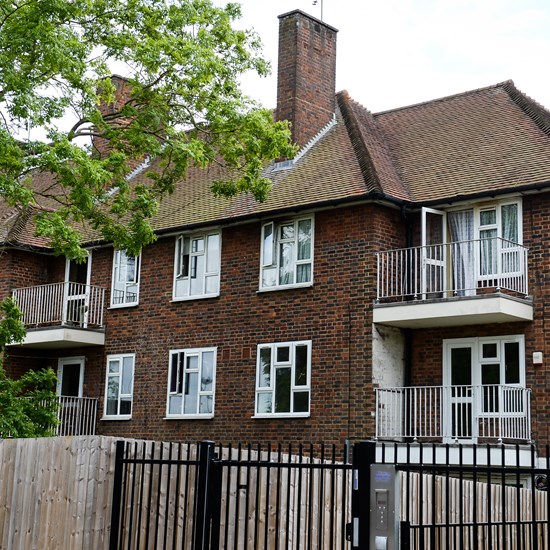Asbestos is commonly found in properties built during 1930-1980s when building materials containing asbestos were widely used, particularly from 1960s onwards. Since 1993 the use of asbestos in most products was banned but it can still be found in any building built before the year 2000.
If you are planning DIY, we can check our asbestos register and advise you of any risks involved. Your safety is very important – please do not attempt to remove asbestos yourself or damage it when carrying out DIY. Contact us to discuss your project here or by calling 0800 917 6077.
Scroll down to access the latest advice and answers to common questions, and please reach out to us if you have any questions!
-
What is asbestos?
Asbestos is a natural mineral (a fibrous silicate) found in rocks all over the world. It has been commercially used for about 150 years because of its unique properties: fire resistance, strength, flexibility, stability, versatility and good insulation.
Three types of asbestos were used in the UK:
- crocidolite (blue asbestos)
- amosite (brown asbestos)
- chrysotile (white asbestos)
-
When is asbestos a problem?
When asbestos-containing materials are damaged or deteriorate with age, they can release tiny fibres (invisible to the naked eye) into the air. If inhaled, these fibres can penetrate deep into the lungs. The fibres can stay there for a very long time and cannot be coughed out. When very high levels of these fibres are breathed in there is a risk of lung diseases including cancer, often many years after exposure.
-
Is everyone exposed to asbestos?
There is a very low level of fibres in the air everywhere because asbestos has been used so widely. Exposure to this low level of fibres is unlikely to harm your health.
Levels of fibres may be higher in buildings containing asbestos materials, especially where the materials are damaged. It is very unlikely that the levels of asbestos fibres found in these buildings will be harmful, but if damaged you should seek advice on appropriate action to take. The greatest risk arises when asbestos is damaged, drilled, sawn, scrubbed, or sanded. DIY work can result in brief high levels of exposure. If you think a material might contain asbestos, DO NOT WORK ON IT – call us on 0800 917 6077.
-
Where is asbestos found in the home?
As asbestos was a common material used in buildings and materials up until 2000, it is always worth checking if asbestos is present before you start any DIY works.
Find out where asbestos can be found in the home
Always contact us first so we can best advise and make sure you are kept safe.
-
How to deal with asbestos
Thrive Homes has a legal duty to record and manage any asbestos known to be present within any of our properties.
We are not required to remove all asbestos products because doing so may disturb the asbestos and release fibres. We identify and record asbestos location, type and risk.
We review and update our records regularly by re-inspection and take action where necessary.
Assessment
Action
If asbestos is high risk, is accessible and in poor condition Remove the asbestos materials immediately If the materials are not accessible, but the asbestos is high risk although in a poor condition Manage/remove the materials as part of a maintenance plan
If the asbestos is low risk, accessible and in reasonable condition and in a safe place Seal, record and manage the material
If the asbestos is low risk, is in a safe place and is in good condition Record and manage the material
-
What we ask of you
Always ask permission before planning any home improvements.
Please get in contact with us if you're planning on carrying out basic DIY or repairs that are your responsibility, and you think you have asbestos in your home. We can check our records and tell you if any asbestos is present or arrange for a hazardous materials survey to be carried out.
Should you propose works that could disturb asbestos – based materials (where already identified), we will advise you of the risk. Get in touch by emailing enquiries@thrivehomes.org.uk or calling 0800 917 6077.
Asbestos Dos and Don’ts
✔ DO keep activities to an absolute minimum in any areas where damaged material may contain asbestos
✔ DO take every precaution to avoid damaging asbestos materials
✘ DO NOT dust, sweep or vacuum debris that may contain asbestos
✘ DO NOT saw, sand, scrape or drill holes in asbestos materials
✘ DO NOT trample dust or mess from materials that may contain asbestos throughout the house. It will result in other furnishings being contaminated and potentially more people being at risk.
-
Useful websites and further information
Health and Safety Executive: www.hse.gov.uk/asbestos
Asbestos Information Centre: www.aic.org.uk

